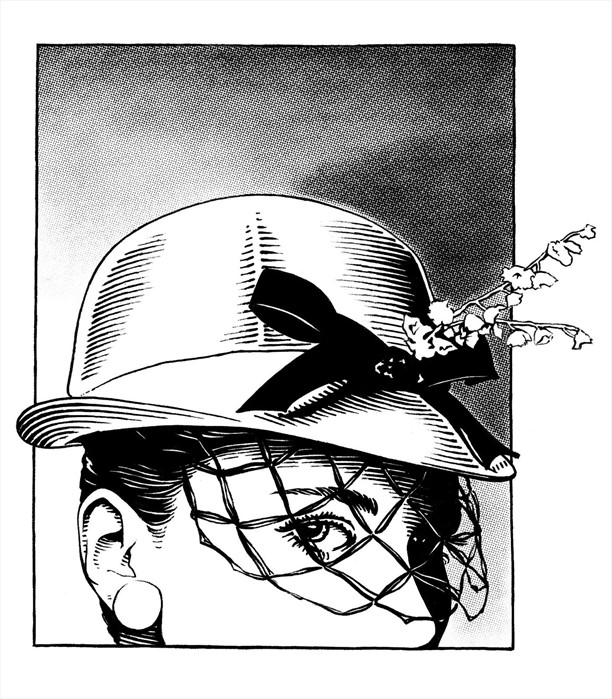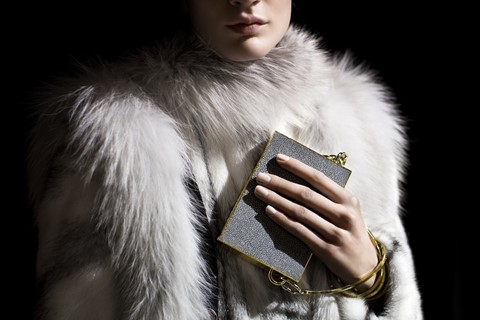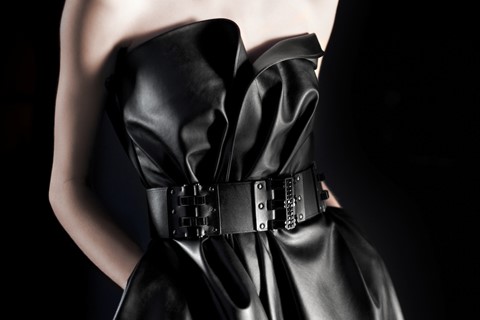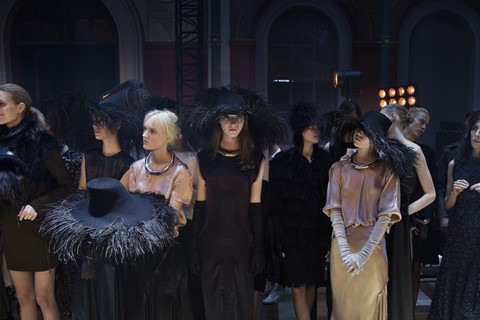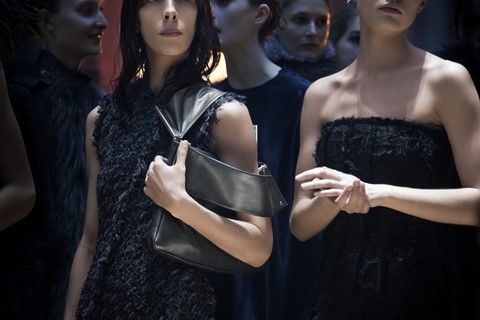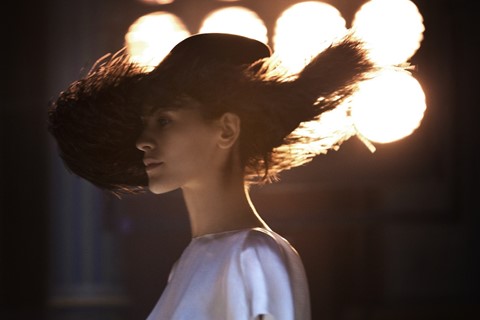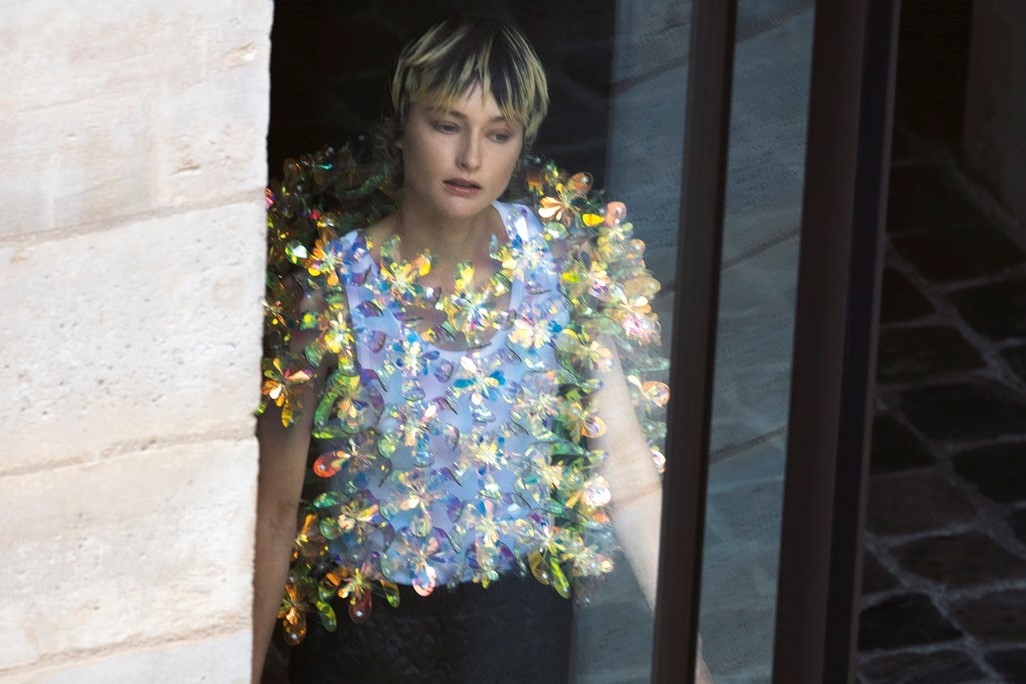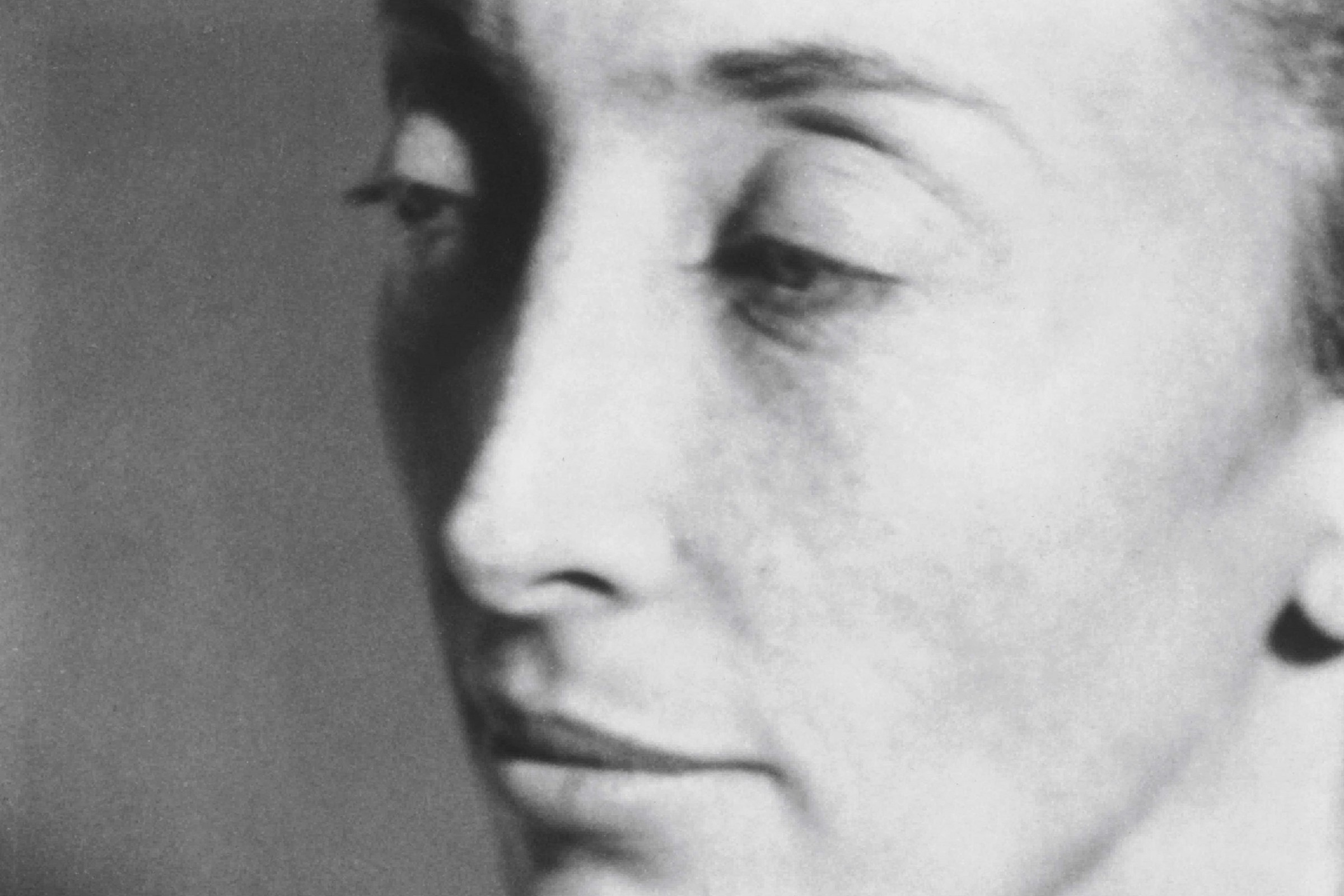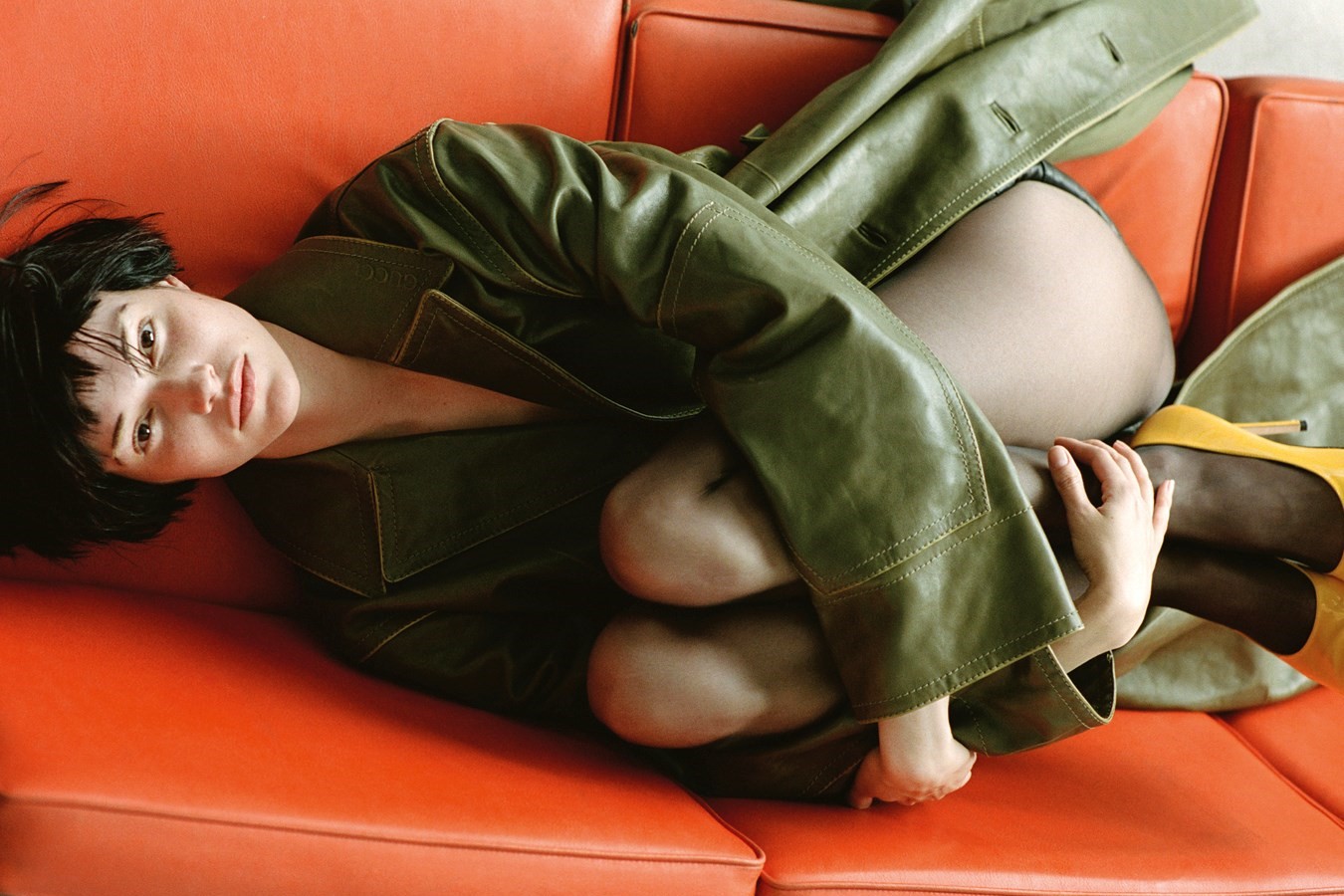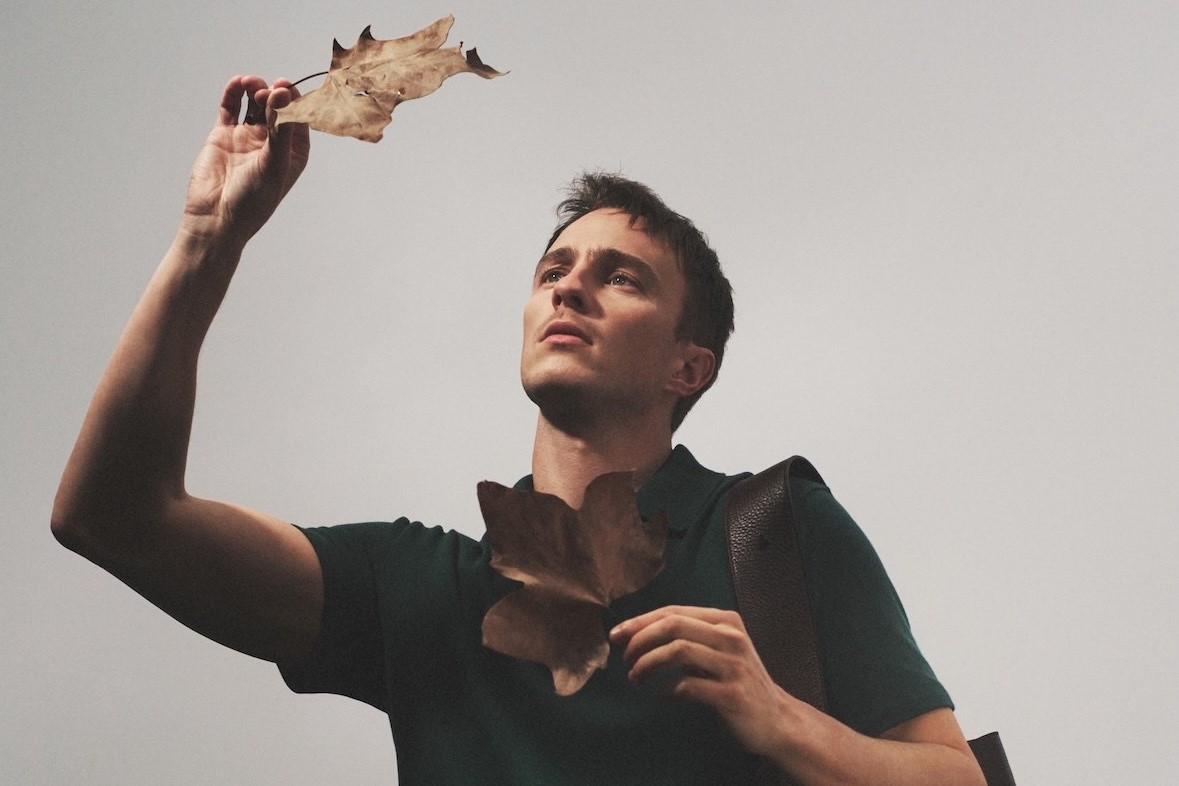To coincide with the house's 125th anniversary, AnOther dissect the ten codes that create Lanvin, the oldest French fashion house
Lanvin is the oldest French fashion house still in activity, founded by Jeanne Lanvin in 1889. She began by making dresses for her daughter, before replicating these for other children and eventually their mothers. She joined the Syndicat de la Couture in 1909, formally enforcing her status as a couturier and quickly became known for her distinct use of ruffles, embellishment and virtuoso embroidery which went against the contemporary flapper style of the period. She established Robes de Style, an alternative to the straight-cut chemise dress, characterised by a dropped waist and a bouffant full skirt and was instrumental in defining fashion throughout the 1920s and 30s. Alber Elbaz took the helm of the label in 2001 and has been credited with reinventing the house while still staying true to Lanvin’s heritage.
Here, alongside backstage moments from yesterday's A/W14 show in Paris, AnOther dissects the ten codes of Lanvin.
1. Les Chapeaux
Lanvin created her first hat aged 16, working as an apprentice with a milliner. In 1889, she opened her own millinery studio in a two-bedroomed apartment in Paris at 22 rue de Faubourg-St. Honoré, beginning a career marked out by headwear, from the embellished cloche hats that she popularised throughout the 1920s, to the extravagant couture headpieces in silk and feathers that she designed to match her dresses.
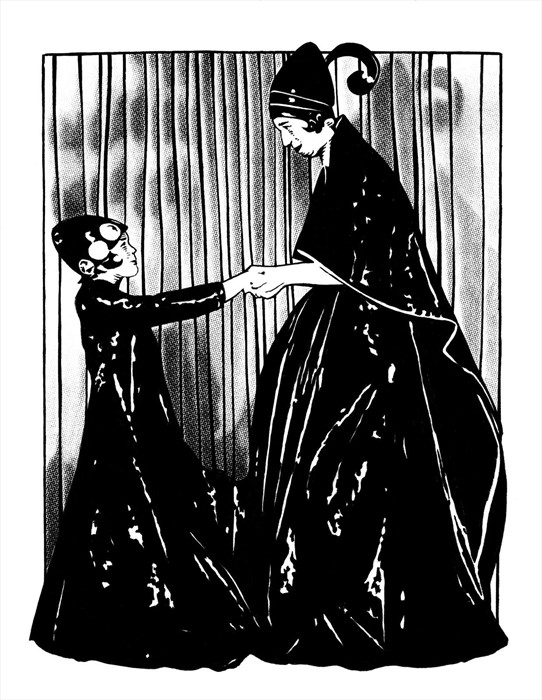
2. The Logo
The Lanvin logo is the simple yet poignant image of Jeanne Lanvin and her daughter, Marguerite, holding hands together. Designed by artist Paul Iribe, it is based on a photo taken when they attended a costumed ball together in matching tiaras and gowns. “It's not a lion, and it's not a horse. It's a mother and a daughter,” Alber Elbaz once explained, “I find the logo very emotional.”
3. Family
The essence of family is rooted in the French house. Jeanne Lanvin was one of 11 children and unlike many designers of her time (Coco Chanel, Elsa Schiaparelli, Paul Poiret), she was a very private person, opting to spend time with her family, whom she referenced throughout her collections, such as in the daisy motif symbolic of her daughter which Elbaz continues to reinvent, such as in his S/S09 floral beading, Pre-Fall 2013 graphic print or A/W13 hat pins.
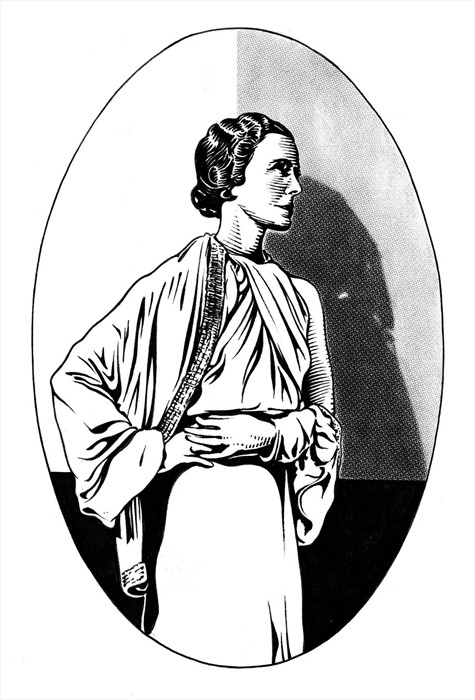
4. Marguerite
Lanvin’s daughter Marguerite di Pietro was her muse and inspiration, and continues to be embodied within each Lanvin collection. “She dazzled everyone with her work, but she did it for the sake of dazzling her daughter,” wrote Louise Lévêque de Vilmorin, a novelist and long-standing client of Lanvin.
5. Arpège
In 1927, Lanvin created the signature scent, Arpège for her daughter’s birthday, inspired by the sound of her daughter practicing her scales on the piano. Along with Paul Poiret, Lanvin was one of the first houses to create a fragrance, setting up her own perfume laboratory at Nanterre with perfumer Andrè Fraysse. For A/W13, Lanvin created the iconic Arpège evening bag as a tribute to the perfume.
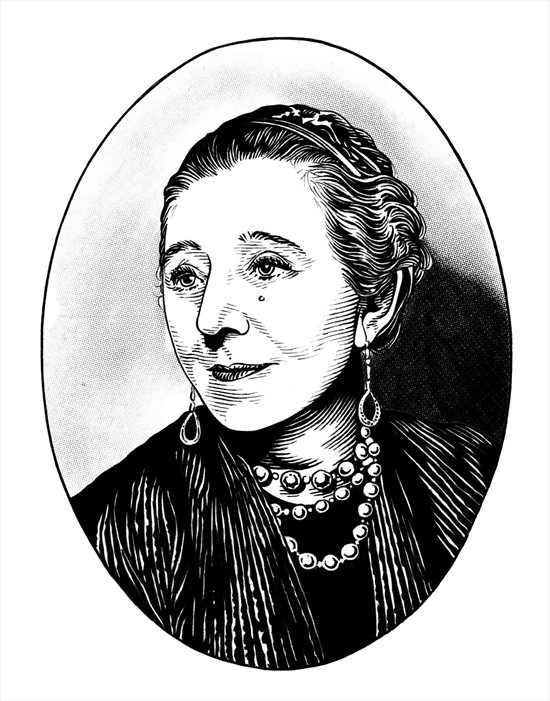
6. Lanvin Blue
Quattrocento blue is synonymous with the House of Lanvin, inspired by a Fra Angelico fresco in Florence that Jean Lanvin once visited during the 1920s. She opened her own dye factory to produce the cornflower shade which is staple to all collections, from the hoop skirts and ribbons of her initial work to the sleek mauve-tinted tuxedo suits of recent collections.
7. Art Deco
Lanvin was a pioneer within interior design during the 1920s, partnering with architect and designer, Armand-Albert Rateau. Together they opened a home décor store in Paris, and Rateau also helped to design her own house, furnished in Lanvin blue, which is preserved in the Musée des Arts Décoratifs, Paris.
“It's not a lion, and it's not a horse. It's a mother and a daughter,” Alber Elbaz once explained, “I find the logo very emotional.”
8. Robes de Style
During the 1920s, Lanvin established Robes de Style, an alternative to the flapper and garçonne dresses of the time. Characterised by a dropped waist and a billowing, pannier skirt, it echoes the 18th century court dress and was popular as being flattering to all shapes. The sculptural silhouette is an iconic example of 1920s haute couture and one that Lanvin continues to reinvent, be it in the S/S14 gold and purple lamé frocks or the iconic S/S11 one-shouldered red bi-coloured gown.
9. Ruffles
Lanvin has perfected the tiered ruffle, while applying a youthful, contemporary edge. From the first taffeta petticoat in 1909 to the raw-edged ruffled tweed from A/W14, the ornamental gathered frill is key to the house.
10. Romance
There is a distinct air of romance in any Lanvin collection. Bows, pearls and ribbons ripple through cartridge pleats, georgette silk and rich velvet. Lanvin was noted for her distinct use of embellishment and virtuoso embroidery, which includes delicate trimmings, discreet sequins and intricate beading. In recent years, the house has developed a unique hard edge on romance through bejewelled mini-dresses, metallics and suiting.
Text by Mhairi Graham
